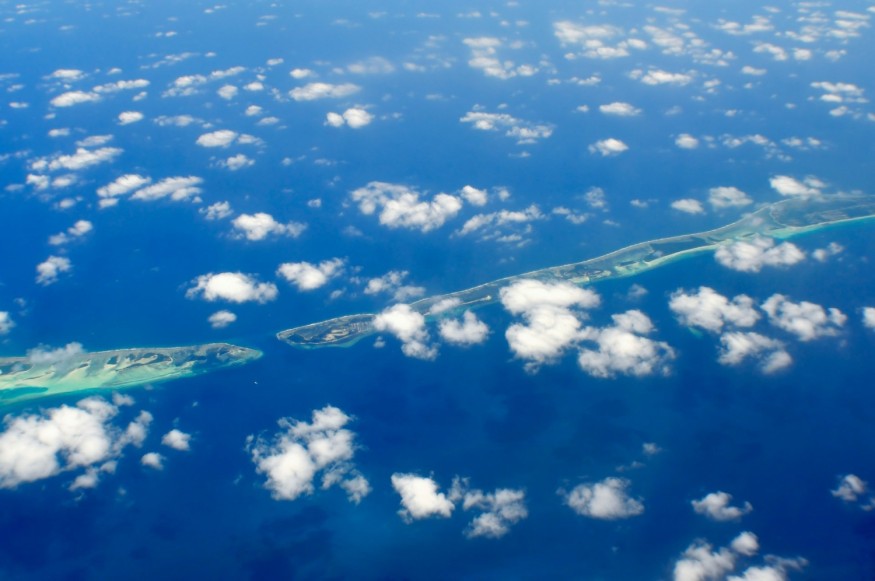Rising sea levels have continued to threaten the island of Maldives, prompting the country to seek renewed international help, according to reports as of Saturday, May 25. Amid the climate crisis, ocean water is gradually swallowing some areas of the South Asian nation, putting both residential and commercial establishments at risk and forcing inhabitants to relocate away from low-lying areas.
To address the climate change-driven existential threat, Maldives in previous years has conceptualized and proposed different measures against coastal erosion. This initiative is to mitigate or prevent flooding caused by sea level rise. Relocation is one of these measures, as well as the creation of fortress islands, as announced by Maldivian President Mohamed Muizzu in 2023.
The concept of a floating city is also a potential solution being sought by Maldives, which scientific projections estimated could become submerged or uninhabitable by the year 2050. Scientists attribute the phenomenon of rising sea level with climate change and glacier melt. Based on recent research, data shows the melting of the "Doomsday Glacier" Thwaites could worsen sea level rise.
Maldives Seeks International Help

In a series of developments surrounding Maldives and its struggle with sea level rise, President Muizzu expressed the need for international financial help. According to reports, the Maldivian Government is seeking approximately $500 million to mitigate the impacts of climate change. One of the reasons is that the tourism-dependent economy is unable to improve the situation.
On Saturday, Maldives issued a demand for international funding to help its fight against rising sea levels. However, the country expressed that the low-lying Indian Ocean archipelago was being excluded from support initiatives, according to a report by Indian media. Muizzu also stated Maldives, despite its low global emissions, is suffering from the consequences of climate change.
Climate Change and Glacier Melt
Based on studies over the decades, rising sea level is nothing but a symptom of climate change and glacier melt. Although there are other factors that cause the increase of ocean water volume, anthropogenic greenhouse gas emissions are often blamed for the warming of the polar regions and other icy regions, leading to the melting of polar ice caps, ice sheets, and glaciers.
According to the World Wildlife Fund, human activities are the main causes of rapid glacier melt since the early 1900s. In Antarctica, 95% of the icy continent's oldest and thickest ice is already lost. The environmental threat could further continue since climate projections also predict the world's remaining glaciers will melt before the end of the 21st century.
Unless concrete action or significant decrease in emission is taken, scientists say the annihilation of the world's glaciers is inevitable. In recent years, climate scientists found that some countries, including Greenland, have experienced significant glacier melting due to global warming.
© 2025 NatureWorldNews.com All rights reserved. Do not reproduce without permission.





